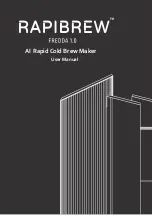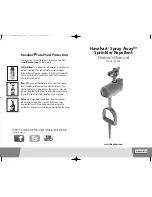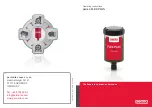
Chapter 2
Theory of Operation
©
National Instruments Corporation
2-13
determines the interval between CONVERT* pulses. It can be programmed
for a maximum interval of 3.3 ms and a minimum interval of 50 ns. If
alternate slow timebases are used, the maximum interval is 0.65 s. Each
time the counter reaches terminal count (TC), a CONVERT* pulse is
generated. Alternatively, CONVERT* pulses could be given externally.
A SCAN sequence is started by the START pulse, which is generated by the
TC of the SI counter. This counter is a 24-bit counter that determines the
time between the start of each SCAN. The minimum duration is 50 ns and
the maximum duration is 0.8 s when the internal 20 MHz timebase is used.
If the internal 100 kHz timebase is used, the maximum is 167 s. The START
pulse triggers the SI2 counter to generate CONVERT* pulses. With each
conversion, the configuration memory advances by one and selects the next
set of analog input conditions—channel number, gain, polarity, etc. A
STOP pulse ends the SCAN sequence. This STOP could be generated in
two ways—either by using the LASTCHANNEL bit in the configuration
memory or by programming the 16-bit DIV counter to count the number of
conversions per SCAN and using the terminal count of the DIV counter as
a STOP pulse.
The SC is a 24-bit counter that counts the number of scans. The data
acquisition sequence can be programmed to stop when the terminal count
of this counter is reached. Notice that the START and STOP signals could
also be supplied externally.
Example 1: To acquire 50 scans, with each scan consisting of one sample
on channel 0 at gain 50, one sample on channel 5 at gain 2, and one sample
on channel 3 at gain 10, with a SCAN interval of 100
µ
s and a sample
interval of 10
µ
s, program your configuration memory as follows:
1.
Channel 0, gain 50
2.
Channel 5, gain 2
3.
Channel 3, gain 10, last channel
You should program SI2 for 10
µ
s, SI for 100
µ
s, and SC for 50 scans.
















































